The Large-fruited cranberries is best known by the English name cranberry. In Low German it is called Cranberry (= Craneberry). The blueberry-like fruit is sometimes called in Germany Cultivated blueberry in the trade.
What you should know about large-fruited cranberries

The large-fruited cranberry belongs to the heather family. As a genus, it is one of the blueberries. In terms of taste, the fruits are much more sour and tart than the blueberries or lingonberries that are related to them.
The original home of the large-fruited cranberries is in the high moors of North America - from Canada to the US southern states of Virginia and Tenessee. From there the cranberry was naturalized to Germany and settled in the moors. Also in the Netherlands and England it got new distribution areas. Cranberries are also found in Asia. The cranberry (Vaccinium macrocarpon), which is known from the trade, is mainly grown in Canada and the USA. Latvia is the largest producer in Europe. It is a bright red berry with a diameter of approx. 1 cm up to a small cherry size.
The inside of the berry consists of white pulp and is equipped with four air chambers. This makes it light in weight and floats on the surface of the water.
This property is used for mechanical harvesting. The cultivation areas are artificially flooded. A technically generated vortex suction separates the fruit from the plant. Then the floating berries are skimmed from the surface of the water. The crops need an acidic, moist peat or bog soil in order to be cultivated. The dwarf shrubs are only about 20 cm high and form long ground tendrils. As a result, they grow together and form a closed carpet of plants. The harvest season begins at the end of September and can, depending on the weather, last into winter. While the fresh fruits are only available seasonally, cranberry dried fruits can be bought all year round.
Importance to health
The large-fruited cranberries have a strong health-promoting effect. Their high concentration of secondary plant substances is of particular importance - above all the proanthocynidins (PAC) of type A. They belong to the flavenols and are also known as tannins.
Their antioxidant effect serves to protect cells against so-called free radicals. The cranberries are said to have a high protective effect against arteriosclerosis (vascular diseases) and consequently protect the heart and circulation. Tumor cells are also inhibited in their growth by these substances. The berries also have an antiseptic effect. As a result, they can be used in the mouth area against tooth decay and periodontitis. Regular chewing of dried cranberries without added sugar protects teeth and gums against bacterial diseases.
Traditionally, the large-fruited cranberries are also used as a remedy for urinary infections. It also has an effect on kidney infections. The healing effect arises mainly from the increase in blood plasma and salicylic acid in the blood after consumption of cranberries. The salicylic acid has an anti-inflammatory effect. Harmful bacteria are prevented from multiplying and are more easily flushed out of the body. Some research shows that cranberries fight the intestinal bacterium Escheria Coli. It is responsible for most diseases in the urogenital area.
Ingredients & nutritional values
| Nutritional information | Amount per 100 gram |
| Calories 46 | Fat content 0.1 g |
| cholesterol 0 mg | sodium 2 mg |
| potassium 85 mg | carbohydrates 12 g |
| Fiber 4.6 g | protein 0.4 g |
Large-fruited cranberries contain potassium and sodium as minerals. They contain vitamins C, A and K. Their content of secondary plant substances is very high. In addition to the proanthocynidins already mentioned, these are also: phlorizin, prunin and 1-O-methylgalactase. Fresh cranberries have an amount of 46 kcal per 100 g. Dried cranberries are comparatively true calorie bombs. You bring it to 308 kcal per 100 g grams. If you are on a diet, you shouldn't reach too generously into a bag of dry berries.
Intolerances & allergies
Diabetics in particular should be careful when consuming dried cranberries. This is not only due to the concentrated sugar content from the drying process. As a rule, the dried fruits are also sugared. This increases their shelf life and counteracts the tart and sour taste.
Such fruits are not suitable for dietetic nutrition. The sugar concentration and amount of calories in the dry berries should be checked when buying. All you need to do is look at the sales label. This also helps healthy people to avoid gaining weight.
Shopping & kitchen tips
There are around a dozen different varieties of large-fruited cranberries. They can be recognized by their different sizes when shopping. The color also varies and can be deep dark red in some varieties and lighter in others. Regional adjustments were made through special breeding. As a result, there are now 130 varieties of this berry fruit.
In practice, however, they are all based on the twelve main varieties. During the harvest season, fresh cranberries are available in selected supermarkets and in some cases at weekly markets. As a rule, they are weighed out in plastic packaging and are well protected for transport. Because they perish quickly, they should best be stored in the refrigerator. Consumption within a few days is advisable. Dried cranberries are available all year round in both supermarkets and organic food stores. Many online shops also offer them.
When it comes to the quality of the dried fruit, different characteristics must be observed. On the one hand, there is a difference in the cultivation methods. The plants can be cultivated conventionally or organically. The most important difference is that with organically grown dried fruit, fewer pesticides or herbicides accumulate in the fruit. Also noteworthy is the question of whether and how the fruits were additionally sweetened. Completely natural dried cranberries are rare.
The sweetened variants include the following sweeteners: industrial sugar, maple syrup or fruit juices such as apple syrup. The sweeteners change little in the calorie content. But they have an impact on vitamins and health. Industrial sugar minimizes the overall healthy effect of large-fruited cranberries. When using fruit juices or maple syrup, the vitamins and plant substances can have a significantly higher effect. The blood sugar level also rises somewhat more slowly than with sweetened products.
Preparation tips
The fresh cranberries are only suitable to a limited extent for consumption alone - unless you like it sour and tart. But they can be processed in many ways. On the one hand, they are an ideal ingredient for jams and jellies. Their intense taste can also be used for beverages - from fruit juice to liqueurs and prosecco.
Together with sweet fruits such as banana and pineapple, they also taste very good in smoothies. The cranberries are particularly popular as a cold sauce for game and poultry dishes or with pork medallions. But they can be combined well with oranges. In general, cranberries are a delicious ingredient for desserts - whether in yoghurt or with ice cream. The dried cranberries are an ideal substitute for currants or raisins. They can be baked into cakes and pastries and taste more fruity than raisins.
They are also tasty in muesli and trail mix, which you can mix yourself for this purpose. Last but not least, the dried fruits are always suitable as a small snack in between - pure and preferably without sugar.

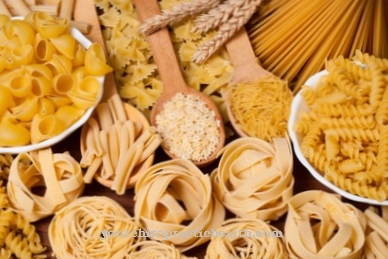
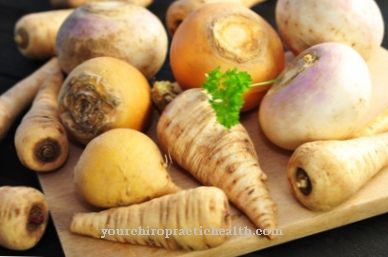
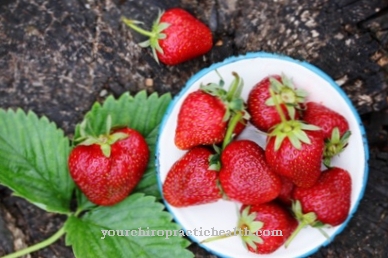

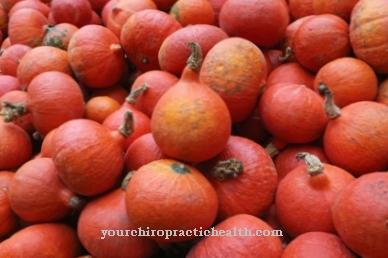
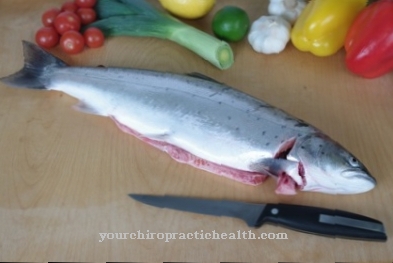






.jpg)

.jpg)
.jpg)











.jpg)